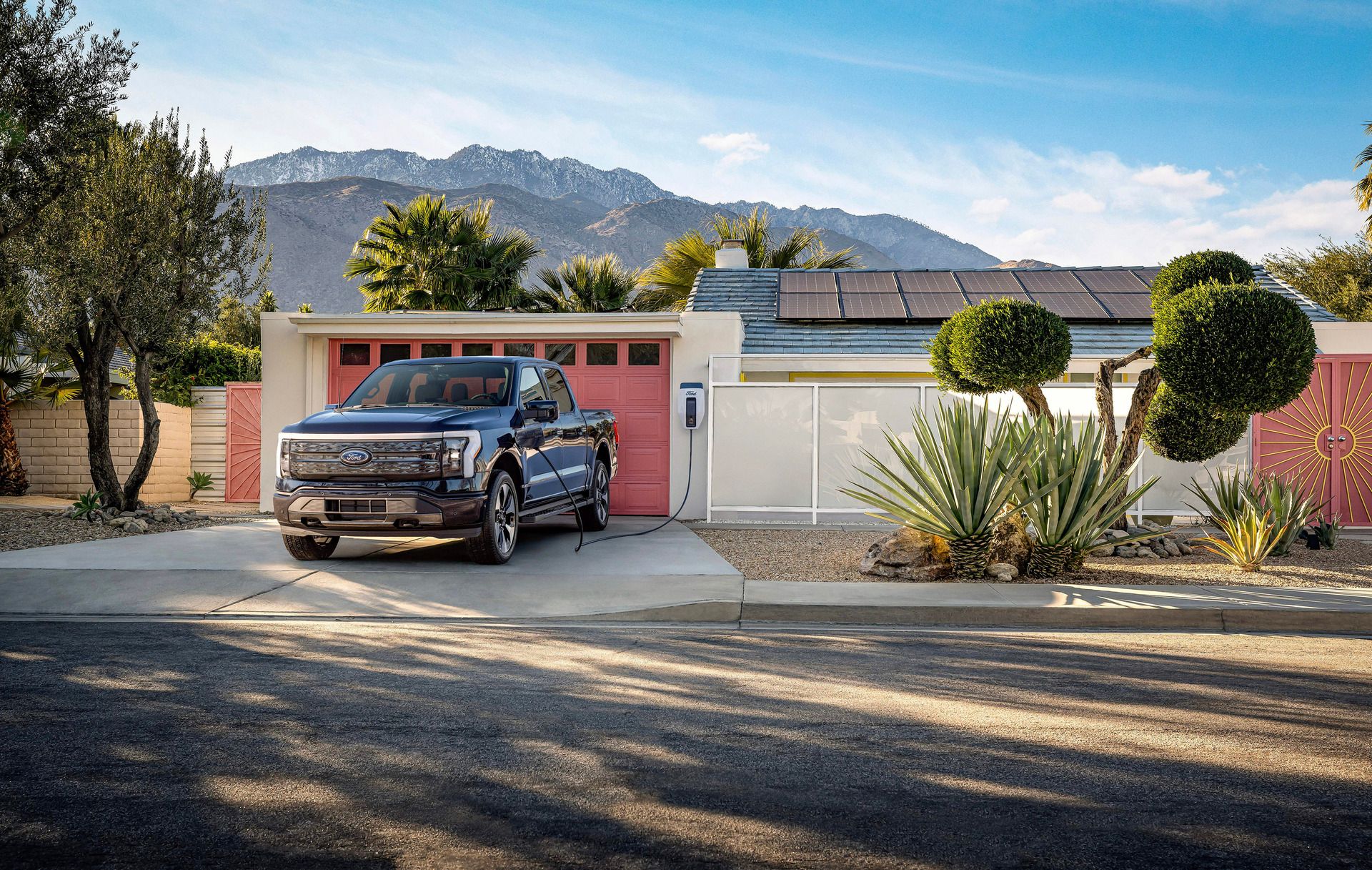The Kirchner Report is 100% independent automotive journalism. If you want to support our coverage, subscribe for free, become a paid member, or leave a tip.
Back in the before times, Ford acquired the company Electrifphi. Its CEO, Muffi Ghadiali, has a vision on how his company’s technologies could be integrated within what Ford Pro was doing. I spoke with Muffi a lot over the next couple of years, and he very early laid the groundwork with me for me to understand and speak about grid management, energy storage, and the concept of arbitrage.
Right now, most people have a one-way relationship with the power company. The company provides electricity, and bills you for what you consume. Thanks to AI data centers cropping up everywhere, destroying the environment, the cost of electricity is increasing rapidly. Heck, I received a notice recently that on January 1st, my rate is going to double.
Some folks have a wind turbine or solar panels on their property. That power helps offset the amount of power that someone draws from the grid, reducing their electricity expenses.
Even more advanced folks will put a battery in between the solar and wind and their house. This way, energy can be stored when not being used by the house, taking advantage of excess energy generated during the day to power the home at night.
Ford, and now GM and other automakers, then introduced the ability to add an electric vehicle as power to this setup. Since a Ford Lightning has a 123 kWh or greater battery on board, it can be used to store way more than a backup battery, and power the home during a power outage for days or even weeks.
With a hurricane like Melissa coming, that’s potentially a life-saving feature.
💡Do you have information about Ford’s EV plans? I would love to hear from you. Using a non-work device, you can message me on Signal at chadkirchner.1701, or with another secure communication method.
Before today, that was mostly the extent to which you could integrate. Some folks could still sell excess back to the grid, but there wasn’t a way to integrate it all.
But now, you are the power company. You have arbitrage power. And it can save you money.
If you live in a part of the country where you can buy cheaper electricity during off-peak hours, Ford’s new Home Power Management can do something pretty cool. During the day, when your electricity is the most expensive, you power your home from your Ford Lightning.
As soon as the off-peak timing hits, you run off the grid and recharge your truck from the grid. That means you’re buying power at a cheaper rate, but using it later when the rate is more expensive.
The truck has plenty of capacity to run a house all day, and Ford believes some customers could save $500 a year in electricity costs.
You don’t lose the backup power functionality, and you can still use your solar to supplement it all.
What’s even better is that your management system is connected to the power company. While some people won’t want this, imagine a world where, instead of having a rolling blackout or a power outage, the power company buys electricity from you to support the grid.
If there are a few dozen cars in a particular region, and the company needs a few dozen kWh, you won’t even notice the loss of that electricity from your vehicle. The power company won’t completely drain your truck, because the power company can pull some from a bunch of stationary vehicles. That includes fleet trucks parked at a business that might not be used at all, and are controlled by Ford Pro’s power management system.
Vehicle-to-grid is grid-saving stuff. It helps negate the effects of adding EVs to the grid. It helps regulate a failing grid infrastructure that power companies refuse to invest in because of corporate value and shareholders. And, it benefits owners by saving them some cash.
It’s not cheap to get the intelligent backup power system installed in your home, but I’d recommend doing it if you own a Lightning because the backup power itself is a great safety feature, and it’s cleaner and safer than a diesel-powered generator.
Add on the home power management stuff, and now you’re your own little power company. And you’re less and less dependent on the grid and its fluctuating prices more than ever.
Are there any drawbacks? Potentially a couple.
If you don’t work from home, your truck isn’t home all day, so you won’t get as much benefit. If you already have a home solar installation, though, the loss isn’t as great.
The initial cost for the home integration system isn’t cheap. Depending on install I’ve seen prices in the $5,000 plus range.
You also need a Ford F-150 Lightning to use this. A Mach-E doesn’t cut it.
Overall, I’d spring for it if I had a Lightning and a house, and lived in an area that supported it. I think it’d be a great addition to a home solar setup to really maximize off-grid time.
Now, only if Ford had more EVs.

